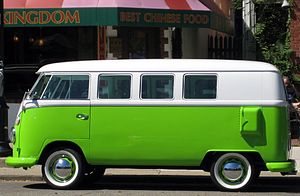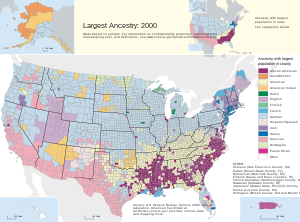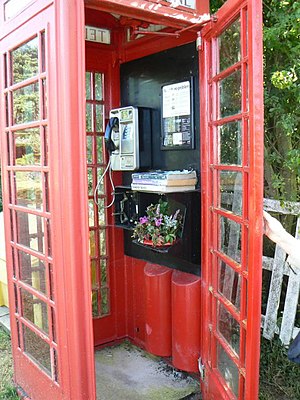
Anthropology has long documented that most traditional medical systems use indigenous plants often with psychoactive, spiritual effects. Recently researchers at Johns Hopkins University School of Medicine have been studying the effects of psilocybin, a chemical found in some psychedelic mushrooms, that’s credited with inducing transcendental states. Now, they say, they’ve zeroed in on the perfect dosage level to produce transformative mystical and spiritual experiences that offer long-lasting life-changing benefits, while carrying little risk of negative reactions.
The breakthrough could speed the day when doctors use psilocybin–long viewed skeptically for its association with 1960s countercultural thrill-seekers–for a range of valuable clinical functions, like easing the anxiety of terminally ill patients, treating depression and post-traumatic stress disorder, and helping smokers quit. Already, studies in which depressed cancer patients were given the drug have reported positive results. “I’m not afraid to die anymore” one participant explained. Looking back more than a year later, 94 percent of participants rated it as one of the top five most spiritually significant experiences of their lifetimes. More important, 89 percent reported lasting, positive changes in their behavior–better relationships with others, for instance, or increased care for their own mental and physical well-being. Those assessments were corroborated by family members and others.
“I think my heart is more open to all interactions with other people,” one volunteer reported in a questionnaire given to participants 14-months after their session.
“I feel that I relate better in my marriage,” wrote another. “There is more empathy — a greater understanding of people, and understanding their difficulties, and less judgment.”
Far out: Magic mushrooms could have medical benefits, researchers say | The Lookout –

Related articles
- The Magic of Medicinal Mushrooms (acroan.com)
- The Second Coming of Psychedelics (prn.fm)
- ‘Magic Mushroom’ Drug Shows Promise in Treating Addictions and Cancer Anxiety (cognitivelibertyuk.wordpress.com)
- High hopes: Why science is seeking a pardon for psychedelics (theglobeandmail.com)
- Man accused of growing illegal, psilocybin mushrooms (ktvb.com)
- Are Mushrooms Really A Type Of Illegal Drug? (casapalmera.com)
- Father Christmas traced to magic mushrooms (thetimes.co.uk)
- Twitter Becomes Flu Tracking Tool for Johns Hopkins Researchers (eweek.com)
- Magic Mushroom study is positive (boardpad.typepad.com)



















You must be logged in to post a comment.